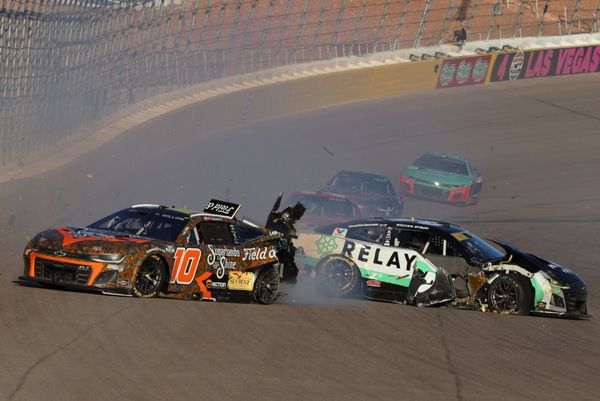When my dad and I arrived in London, my first thought was, “Where can we get some food?”
That is because, as many unfunny comedians have said, airplane food is awful. My dad and I went into the Hard Rock Cafe across Green Park from Buckingham Palace. It was promoting its new “Messi Burger.” What an improvement!
I did wonder, however, why a restaurant chain needed to name a burger after Lionel Messi, who is arguably the best soccer player of all time. I highly doubt someone will say, “Ooh, it's named after an athlete, so automatically the burger tastes great.” In my opinion, there are so many better forms of advertising than eating a person.
My dad’s club in New York City has reciprocal arrangements with clubs in London, which is how we ended up staying at the Royal Air Force Club. My dad does not look like a fighter pilot, but no one seemed to care.
Small statues and many paintings commemorating the Royal Air Force greeted us on arrival. We checked in and got two extra key cards (because someone usually loses them all).
After sleeping for 14 hours and missing breakfast, we faced an annoying challenge: navigating the "Tube," the nickname for the London Underground (which in New York is what we call the subway). Back home, getting around below the streets is straight and simple. You take the 6 train to X and then transfer to the 5 to get to Y, riding straight with the street grid.
In London, however, there are southwest-bound trains, northeast-bound trains, and trains wiggling in every other direction you can think of. The routes are named and marked in different colors, which made the task of managing all that wiggling just a bit easier as we got the hang of it. My favorite station was Green Park, as it was practically a home base for us. Every train we needed left from there.
As only made sense, our first stop was the Royal Air Force Museum London. We got there from Green Park after transferring from the Piccadilly line (dark blue on the map) to the Northern line (solid black), and walking for 20 minutes.
The museum greets you with the option of visiting any of six hangars. Each hangar was its own attraction, focusing on a specific time period or theme. In Hangar 1, we were able to walk through the fuselage of a Short Sunderland flying boat, which is a huge white plane equipped with depth charges and a very tiny toilet.
Later, we visited the many samples from the museum’s large and interesting World War II collection, which includes some of the most amazing (and some of the most disappointing) planes of the war. The former includes the Spitfire, the aerial savior of the country during the Battle of Britain, and the latter includes the tiny, cute and rather ineffective Fiat CR.42 Falco biplane fighter of the Italian Air Force.
The best part of our entire trip was that in Hanger 3 I got to sit in the cockpit of a real Spitfire Mark XVI. I was technically not allowed to, as the plane was then closed to visitors, but my dad spoke to the kind attendant, and he let me climb in for what became the coolest first flying lesson I could have imagined.
We next visited the Imperial War Museum London (IWM London), which welcomed us outside the main entrance with two huge battleship guns aimed our way. Inside was just as spectacular, with prized relics from wars Britain fought through the centuries. From there we had to go to the IWM’s Cabinet War Rooms — the underground bunker from which Prime Minister Winston Churchill led his government throughout much of World War II.
At the inconveniently located National Army Museum, I got to pretend I was a recruit in the British Army, following the orders of a drill sergeant bot. It turned out to be a challenging experience.
We then rented a car and headed west to visit more museums and monuments dedicated to British military history. At each, we stopped at the gift shop, and I am now well-stocked with mugs, key chains and a diecast tank platoon.
It was all great. But on the flight home, as we considered the choice of chicken or pasta for lunch, I remembered that it was Napoleon who may have said that an army marches on its stomach. I could relate. Perhaps one of the most important lessons I learned from my trip was that airplane food really does suck.
———
(Ryan Behr is an eighth-grader who lives in New York City and often travels abroad with his dad. He enjoys military history and is currently working on an essay titled, "An Annoyingly Short History of the Napoleonic Wars.")
———
———







